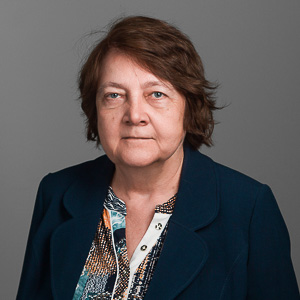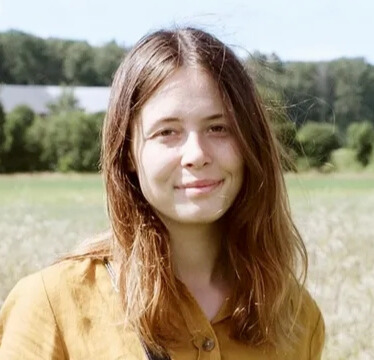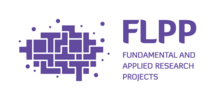About Us
The Microbial Strain Collection of Latvia (MSCL), is a structural unit of University of Latvia, Faculty of Medicine and Life Sciences, Institute of Microbiology and Biotechnology. MSCL is the largest microbiological resource repository in Latvia, its activities are focused on preserving biological diversity ex situ and developing microbiology and biotechnology fields that are traditionally characteristic and promising for Latvia. The collection holds more than 1,700 different cultures of bacteria, yeasts and filamentous fungi, from which the majority were isolated in Latvia and are the only samples of their kind. Microorganisms are stored in a metabolically inactive state—in liquid nitrogen.
Microorganisms from the collection are used for research and educational purposes at the University of Latvia and other academic institutions, as well as for commercial orders. MSCL is also involved in the educational process at the University of Latvia, with several students annually working on their bachelor's and master's theses based on the MSCL collection.
The Collection is a member of the World Federation for Culture Collections (WFCC) European Culture Collection's Organization (ECCO), World Data Centre for Microorganisms (WDCM), and European Research Infrastructure Consortium for Microbial Resource Research (MIRRI-ERIC).
MSCL is also the coordinator of the national node of Latvia for MIRRI-ERIC. MSCL, as an international depositary authority under the Budapest Treaty, accepts bacteria, fungi (including yeasts), and plasmids in host cells, except for pathogenic microorganisms belonging to biological agent groups 3 and 4 for patenting.
Services
Issuance of microorganism cultures:
EUR 28.46 + VAT per culture;
Deposition
For public access – free of charge;
For patenting - EUR 426.86 + VAT per culture;
Confidential storage of microorganisms, where the depositor retains all ownership rights (safe-deposit);
EUR 35.57 + VAT per culture per year;
Isolation, purification, and characterization of pure microorganism cultures;
Consultations for clients.
Lab lead

Asoc. Prof. Vizma Nikolajeva
vizma.nikolajeva@lu.lv

Senior researcher
Agnese Kokina

Ms. sc. Dāvis Dūcis
davis.ducis@lu.lv

Researcher, lector
Ms.Sc. Māris Seņkovs
maris.senkovs@lu.lv

Bs.Sc Samanta Berena
Recent publications
2025
Janceva S., Svarta A., Nikolajeva V., Zaharova N., Rieksts G., Andersone A. Forest logging residue valorization into valuable products according to circular bioeconomy. Forests, 2025, 16, 1418. https://doi.org/10.3390/f16091418
Mezulis M., Arbidans L., Nikolajeva V., Lauberts M., Grinfelds U., Klavins M. Environmentally friendly extraction of bioactive compounds from spruce and pine needles to obtain extracts with antioxidant and antimicrobial activity. Environmental and Climate Technologies, 29, 184-200. https://doi.org/10.2478/rtuect-2025-0013
Borska E., Kviesis J., Ramata-Stunda A., Nikolajeva V., Ansone-Bērtiņa L., Borodušķis M., Kļaviņš M. Bioactive lipids and allelopathic potential of the invasive plant Heracleum sosnowskyi: insights into its fatty acid composition, antimicrobial and cytotoxic effects. Frontiers in Pharmacology. 16, p.1-15. https://doi.org/10.3389/fphar.2025.1582694
2024
Ņečajeva J., Borodušķe A., Nikolajeva V., Seņkovs M., Fiļipovičs M., Jakobija I. et al. Characterisation and dynamics of the fungal communities of Avena fatua and Echinochloa crus-galli seeds in soil seed bank. Weed Research, 64(4), 310–320. https://doi.org/10.1111/wre.12651
Janceva S., Andersone A., Zaharova N., Nikolajeva V., Svarta A. Soil amendments based on forest logging residues on dill (Anethum graveolens l.) productivity and composition. Environment. Technology. Resources. Proceedings of the 15th International Scientific and Practical Conference. Volume 1, 177-181. https://doi.org/10.17770/etr2024vol1.7983
Janceva S., Andersone A., Lauberte L., Zaharova N., Nikolajeva V. Fruit shrubs twigs as a source of valuable oligomeric polyphenolix compounds with antibacterial and antifungal potential. Environment. Technology. Resources. Proceedings of the 15th International Scientific and Practical Conference. Volume 1, 173-176. https://doi.org/10.17770/etr2024vol1.7982
Andersone A., Janceva S., Zaharova N., Nikolajeva V., Jurkjane V. Aronia melanocarpa (black chokeberry) branches biomass as a source of valuable biologically active compounds with antioxidant and antimicrobial potential. Environment. Technology. Resources. Proceedings of the 15th International Scientific and Practical Conference. Volume 1, 34-38. https://doi.org/10.17770/etr2024vol1.7981
Zommere A., Klavins L., Nikolajeva V., Kukela A., Kaipanen K., Korpinen R., Klavins M. Extraction and investigation of the lipophilic fraction from Norway spruce (Picea abies) and Scots pine (Pinus sylvestris) forestry side-stream biomass. Wood Sci Technol 58, 1259–1284. https://doi.org/10.1007/s00226-024-01566-x
Bolmanis E., Grigs O., Elīna Didrihsone, Senkovs M., Nikolajeva V. Pilot-scale production of Bacillus subtilis MSCL 897 spore biomass and antifungal secondary metabolites in a low-cost medium. Biotechnol Lett 46, 355–371 . https://doi.org/10.1007/s10529-024-03481-4
2023
Kurpnieks O., Senkovs M., Rimkus A. Challenges of SSF process for pea and wheat bran valorization using Trichoderma spp. for biocontrol agent prodution. Environment. Technology. Resources. Proceedings of the 14th International Scientific and Practical Conference. Volume 1, 93-100. https://doi.org/10.17770/etr2023vol1.7306
Pastare L., Žogota M., Kienkas L., Boroduskis M., Ramata-Stunda A., Reihmane D., Senkovs M., Skudrins G., Nakurte I. Exploring the Potential of Supercritical Fluid Extraction of Matricaria chamomilla White Ray Florets as a Source of Bioactive (Cosmetic) Ingredients. Antioxidants, 12(5), 1092; https://doi.org/10.3390/antiox12051092
Rimkus A., Namina A., Dzierkale M.T., Grigs O., Senkovs M., Larsson S. Impact of Growth Conditions on the Viability of Trichoderma asperellum during Storage. Microorganisms, 11(4), 1084; https://doi.org/10.3390/microorganisms11041084
Andersone A., Janceva S., Petersone L., Krasilnikova J, Zaharova N., Nikolajeva V., Rieksts G., Telysheva G. Lignocellulosic Waste Compounds for Pancreatic Lipase Inhibition: Preliminary Extraction by Freon, Obtaining of Proanthocyanidins and Testing on Lipase Activity. Metabolites, 13(8), 922; https://doi.org/10.3390/metabo13080922
Andersone A., Janceva S., Petersone L., Skadiņš I., Nikolajeva V., Logviss K., Zaharova N., Rieksts G., Telysheva G. A comparative analysis of the proanthocyanidins from fruit and non-fruit trees and shrubs of Northern Europe: Chemical characteristics and biological activity. Sustainable Chemistry and Pharmacy, 36, 101266; https://doi.org/10.1016/j.scp.2023.101266
Aunina K., Ramata-Stunda A., Kovrlija I., Tračuma E., Merijs-Meri R., Nikolajeva V., Loca D. Exploring the Interplay of Antimicrobial Properties and Cellular Response in Physically Crosslinked Hyaluronic Acid/ε-Polylysine Hydrogels. Polymers, 15(8), 1915; https://doi.org/10.3390/polym15081915
Borodušķe A., Ķibilds J., Fridmanis D, Gudra D., Ustinova M., Senkovs M., Nikolajeva V. Does peptide-nucleic acid (PNA) clamping of host plant DNA benefit ITS1 amplicon-based characterization of the fungal endophyte community? Fungal Ecology, 61, 101181 https://doi.org/10.1016/j.funeco.2022.101181
Nakurte I., Žogota M., Pastare L., Kienkas L., Senkovs M., Boroduskis M., Ramata-Stunda A. Valorization of Bioactive Compounds from By-Products of Matricaria recutita White Ray Florets. Plants, 12(2):396 DOI: 10.3390/plants12020396
Šleinus D., Sinka M., Korjakins A., Obuka V., Nikolajeva V., Brencis R., Savicka E. Properties of Sound Absorption Composite Materials Developed Using Flax Fiber, Sphagnum Moss, Vermiculite, and Sapropel. Materials, 16(3), 1060; https://doi.org/10.3390/ma16031060
Andersone A., Janceva S., Petersone L., Ramata-Stunda A., Nikolajeva V., Zaharova N., Rieksts G., Telysheva G. Anti-Inflammatory, Anti-Bacterial, and Anti-Fungal Activity of Oligomeric Proanthocyanidins and Extracts Obtained from Lignocellulosic Agricultural Waste. Molecules 2023, 28(2), 863; https://doi.org/10.3390/molecules28020863
Ņečajeva J., Borodušķe A., Nikolajeva V., Senkovs M. Epiphytic and Endophytic Fungi Colonizing Seeds of Two Poaceae Weed Species and Fusarium spp. Seed Degradation Potential In Vi tro. Microorganisms, 11(1), 184; https://doi.org/10.3390/microorganisms11010184
Ramkumar N., Plantus K., Ozola M., Mishnev A., Nikolajeva V., Senkovs M., Ošeka M, Veliks J. Photoredox-Catalyzed Direct C-H Monofluoromethylation of Heteroarenes. Diversity, 15(1), 8; https://doi.org/10.3390/d15010008
Projects


MSCL is working together with Latvian State Institute of Wood Chemistry, who are the main partners, on a Latvian Council of Science project titled “Innovative anti-inflammatory and anti-pathogenic systems based on proanthocyanidins isolated from lignocellulosic waste from fruit bush agriculture” (lzp-2022/1-0599).

MSCL is involved in the EU Horizon-INFRA-2024-TECH-01 project "MALDIBANK: Multi-domain Open MALDI Spectra Archive for Identification of Microorganisms" together with other MIRRI-ERIC partners.


MSCL is working together with Latvian Biomedical research and study centre on a Latvian Council of Science project titled “Genomics and transcriptomics guided trait stacking of antagonistic mechanisms utilized by Streptomyces spp. from underexplored strain collection in syncoms against pathogens causing ash dieback and acute oak decline” (lzp-2024/1-109).

ERDF co-financed project No. 1.1.1.5/3/25/I/011 “University of Latvia and Institutes in the European Research Area – Excellence in Research and Cooperation” subproject “National Partnership Plan of Latvia for the Microbial Resource Research Infrastructure Platform Consortium (MIRRI-ERIC) for 2025–2029”.
Contacts
Microbial Strain Collection of Latvia
University of Latvia, Faculty of Medicine and Life sciences
Institute of Microbiology and Biotechnology
Jelgavas str., 1 Riga, LV-1004, Latvia
Telephone: +371-67033925
E-mail: collect@edu.lu.lv

 CONFERENCE
CONFERENCE